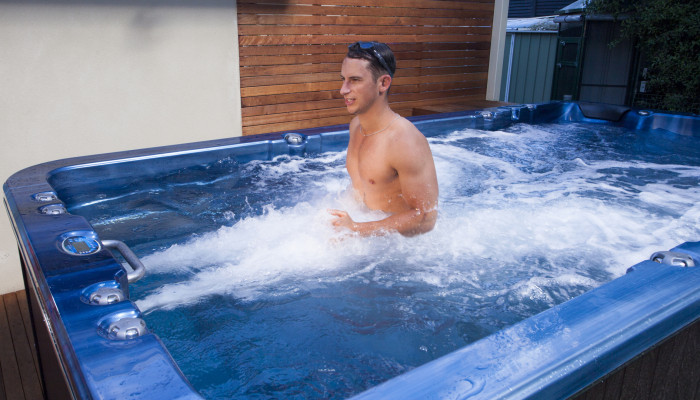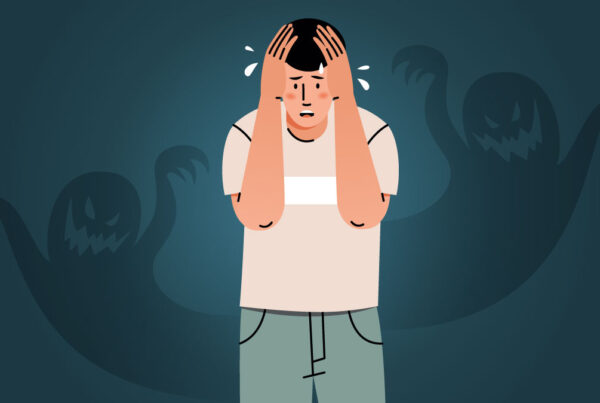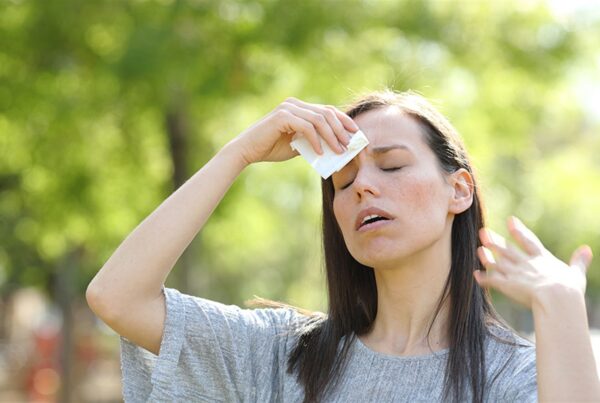Hydrotherapy:
The use of hydrotherapy or underwater massage dates back to ancient Greek and Roman civilizations when the practice primarily focused on bath-style opportunities for relaxing in either hot or cold water. While bathing and exercising in water are both considered hydrotherapeutic techniques, hydromassage has evolved into various modern-day machines.
During underwater massage, the water stream is directed towards certain problem areas of the body under water. The procedure enables deep effect on the connective tissue, muscles and joints.
Underwater massage pacifies, tones skin and promotes weight loss. The procedure is used for therapeutic, as well as cosmetic purposes, as well as within the framework of sports medicine.
In an exclusive conversation with Swasthya Sambad renowned Medical Officer Dr Bhanu Brata Pani, Healthville talked about the primary benefits and limitations of underwater massage. He said, “Hydromassage is a therapeutic technique involving the use of water and pressurized jets to help massage muscles and other soft tissues in the body. This method also sometimes goes by other names, such as hydrotherapy, water therapy, aqua therapy. Benefits of Under Water Massage includes improved skin and muscle tone, reduction of cellulite, reduction of body weight, relaxation, improvement of physical and spiritual wellbeing.
On the other hand the limitations for the performance of the procedure include pregnancy, cardiovascular diseases, acute dermatological diseases, fever, increased body temperature and oncological diseases.”




